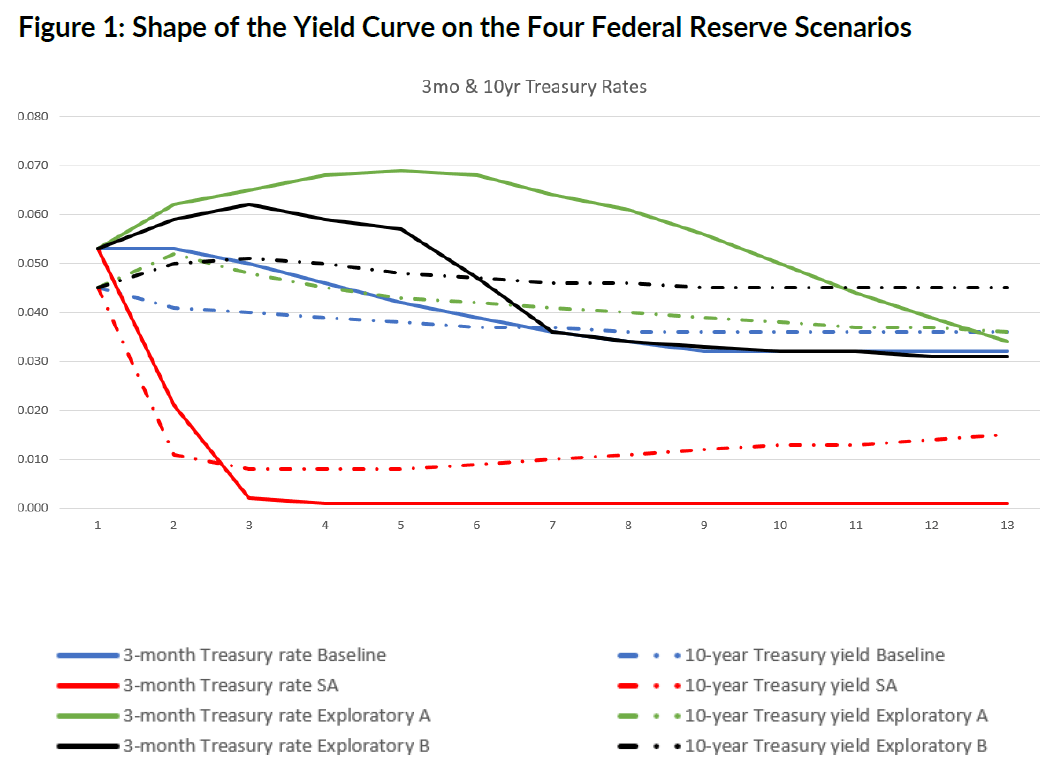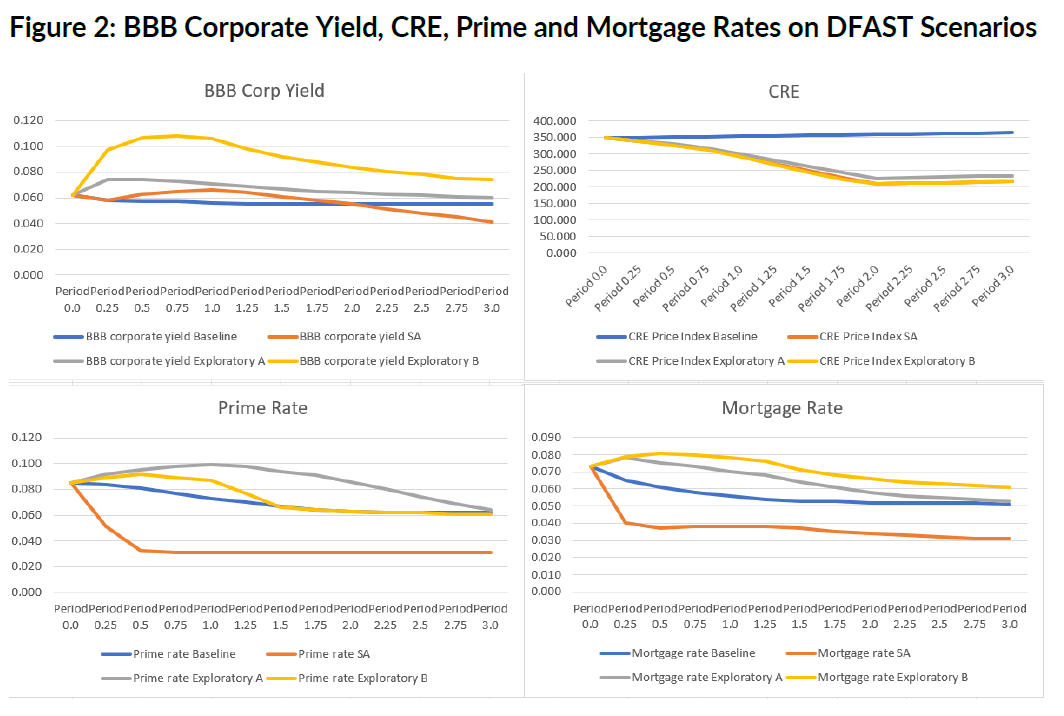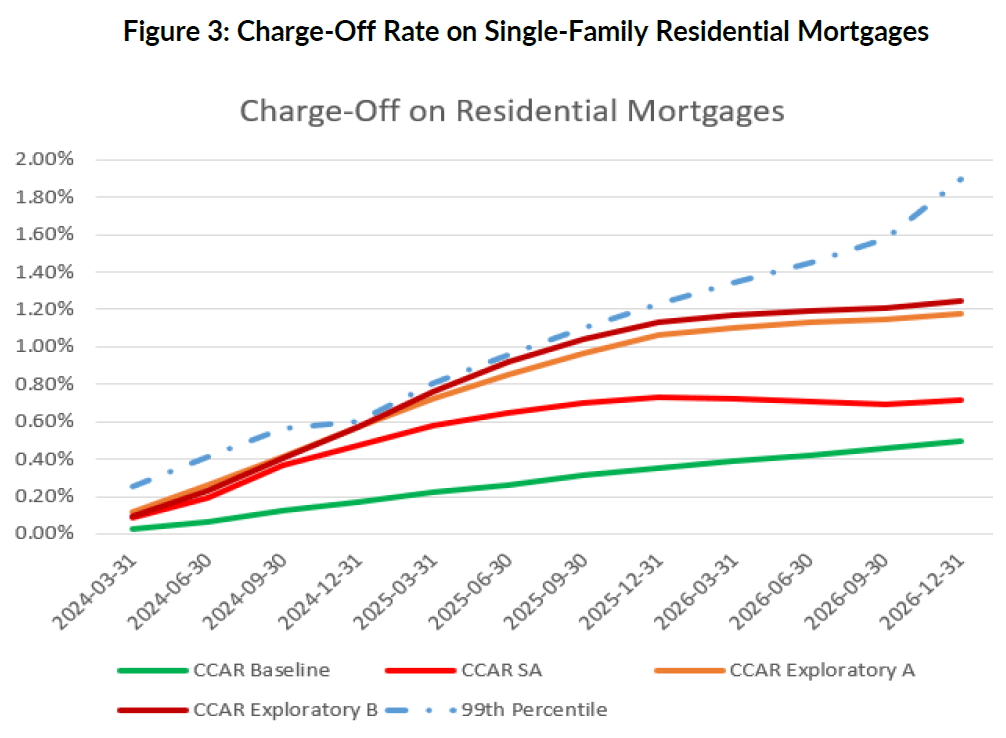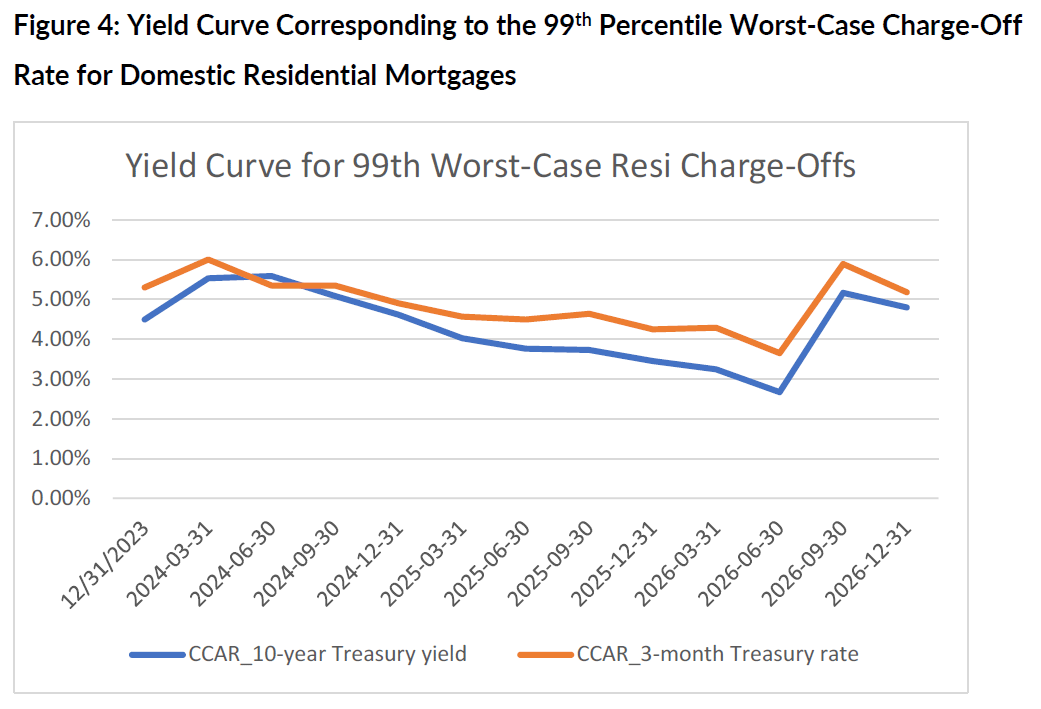
Spurred in part by last year’s regional bank failures, the Federal Reserve has added two exploratory scenarios to the 2024 CCAR stress test. These scenarios cover issues like bank deposits, funding liquidity problems, and other hypothetical risks that could potentially impact the broader banking system.
This year’s test applies to 32 large banks – up from 23 in 2023. Banks will not be required to allocate additional capital against the exploratory scenarios, and their outcomes for individual institutions will not be disclosed. The general idea, though, is to expose banks to a wider range of market scenarios, as part of an effort to ensure they are better prepared for future uncertainties.
Alla Gil
Given the level of volatility and uncertainty in today’s financial markets, expanding the range of scenarios that banks must consider seems like a step in the right direction. But do the Fed’s enhancements to this year’s stress test go far enough or are there other scenarios that banks of different sizes should consider to account fully for potential losses stemming from factors like inflation, interest rates, funding liquidity pressures and bank runs?
Before answering this question, we must first examine factors that will be covered by both the standard (severely adverse and baseline) CCAR scenarios and the new hypothetical elements. The 2024 severely adverse scenario is that of a typical crisis, characterized by steep declines in interest rates and asset values, plummeting equity and real estate markets, and soaring credit spreads and unemployment rates. Highlights include a 40% decline in commercial real estate, a 36% decrease in housing prices and an unemployment peak of 10%. (The baseline scenario ponders many of the same factors, but it follows average projections from a survey of economic forecasters.)
Conversely, the exploratory scenarios consider more diverse economic conditions, and include a pair of thought-provoking hypothetical elements that the Federal Reserve describes as Exploratory Macro Conditions A and B. Exploratory A considers a hypothetical event where funding stresses fuel bank deposit transitions to higher market rates under a moderate recession, with increasing inflation and rising interest rates. Exploratory Scenario B considers more severe macroeconomic conditions, factoring in a larger global recession, with high and persistent inflation and increasing interest rates. (There are also exploratory “market shocks” for a few of the largest banks that ponder what would happen if five large hedge funds failed because of a sudden market dislocation and an elevated recession expectation – but that’s outside of the scope of this article.)
This broader spectrum of scenarios offers a more comprehensive assessment of potential risks and challenges, and should enable banks to better prepare for a range of economic outcomes.
The charts in Figure 1 show the respective behavior of three-month and 10-year Treasury rates for four of the Fed’s 2024 scenarios – including the severely adverse and baseline hypotheticals and the Exploratory A and Exploratory B scenarios.

Source: Federal Reserve
As we can see, all four scenarios assume that the curve changes from inverted to an upward sloping shape, though at different points in time. While severely adverse scenario changes its shape very rapidly, exploratory scenario A remains inverted almost through the entire horizon (until quarter 11), while exploratory scenario B switches to normal slope in the middle of the horizon.
Figure 2 shows the shapes of a few other variables in the Fed’s scenarios. Prime and mortgage rates and BBB corporate yield are fairly high in the exploratory scenarios, representing inflationary and funding liquidity pressures; for the severely adverse scenarios, these variables are lower, with Treasury rates dropping dramatically – just as they have done during recent crises. Meanwhile, commercial real estate (CRE) dynamics are very similar across all the stress scenarios.

Source: Federal Reserve
Michael Barr, the Fed’s Vice Chair for Supervision, emphasized in a recent speech that the overarching aim of supervision is to encompass a spectrum of potential shocks and vulnerabilities – i.e., to see beyond present risks. But does the Fed accomplish this goal with the exploratory scenarios it added to its 2024 CCAR stress test?
Let's delve into system-wide reverse scenario analysis to assess whether the proposed exploratory scenarios adequately encompass the broad range of potential risks associated with specific exposures.
Figure 3 shows the projection of charge-off rate on single-family residential mortgages for the four regulatory scenarios, as well as the 99th percentile obtained from full range scenario analysis. While exploratory scenario B tracks the 99th worst-case outcome pretty closely for the first six months of the three-year horizon, it might underestimate the losses for the second half of the projected horizon.

Source: Straterix
The yield curve corresponding to this worst-case outcome, as derived by exhaustive reverse scenario analysis, is shown in Figure 4.

Source: Straterix
Figure 4 illustrates that a prolonged inversion of the yield curve corresponds to the highest charge-offs in residential mortgages. Consequently, regional banks with significant exposure to such loans, along with their supervisors, may want to consider incorporating this worst-case yield curve scenario. Moreover, as an additional exploratory scenario, they may also want to ponder a 34% decline in equity markets and a substantial (up to 3x) increase in BBB credit spreads.
A similar analytical approach can be applied to other primary risk exposures, such as deposit run-offs for smaller banks or charge-offs and delinquencies for other major lending activities.
Risk managers and their employers may be concerned that this exhaustive approach to scenario analysis may add to the already complex stress testing process. After all, many equations used to expand the full set of risk drivers – and their respective key performance indicator (KPI) calculations – require manual adjustments.
However, under exhaustive, full range scenario analysis, the full spectrum of scenarios – including all feasible combinations of shocks, their KPIs, and their ripple effects – can be auto generated. This not only streamlines the stress testing process but also enables risk managers to uncover previously hidden risks and to determine all severe, yet plausible, outcomes.
Parting Thoughts
Regulatory stress testing, like the Fed’s 2024 test, is intended to protect consumers and the economy by ensuring that large banks have the capital and liquidity to withstand severe recessions. It keeps those institutions relatively protected from a systemwide viewpoint, but the system is not flawless. Idiosyncratic issues can still pose significant risks, even for large institutions, as demonstrated by last year’s Credit Suisse default.
What’s more, as we saw during the regional bank failures of 2023, capital and liquidity challenges are not the exclusive domain of big banks. Regional banks, particularly those experiencing rapid growth in dynamically shifting markets, must be vigilant in identifying and addressing specific emerging risks. Their supervisors, moreover, must demonstrate agility by considering exploratory scenarios derived from forward-looking information.
For supervisors and for banks of all sizes, a proactive, thorough, multi-scenario approach is essential for effectively navigating evolving market landscapes and for mitigating potential vulnerabilities.
Alla Gil is co-founder and CEO of Straterix, which provides unique scenario tools for strategic planning and risk management. Prior to forming Straterix, Gil was the global head of Strategic Advisory at Goldman Sachs, Citigroup, and Nomura, where she advised financial institutions and corporations on stress testing, economic capital, ALM, long-term risk projections and optimal capital allocation.
Topics: Modeling